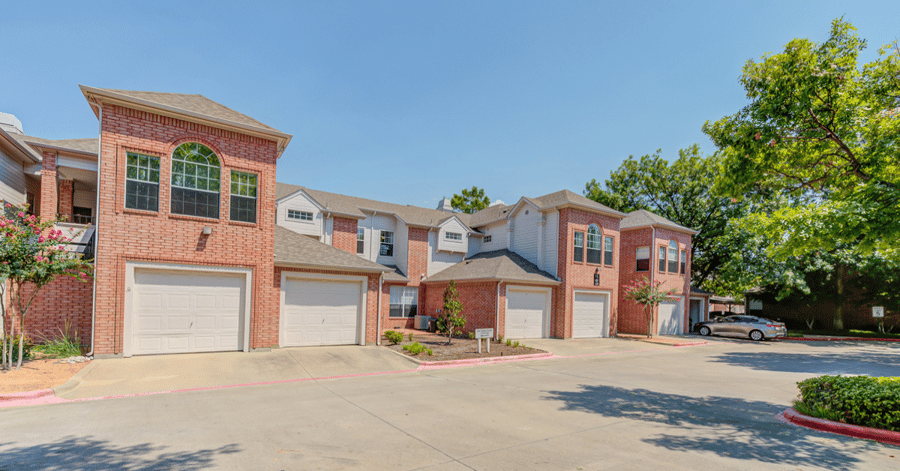It’s easy to focus on timing in a high-rate environment. Investors often ask: When will rates fall? When is the right moment to re-enter?
But institutions do not time markets. They navigate them.
In multifamily real estate, institutional discipline is not about predicting the next rate move. It is about positioning to endure and succeed across cycles. That is where governance, underwriting, and capital structure discipline make the difference.
Governance: Decision-Making That Outlasts the Cycle
Strong operating governance starts with clear accountability and a framework that transcends any single deal. Institutions understand that returns are the result of governance, not a substitute for it.
This means maintaining a consistent investment committee process, structured decision logs, and predefined risk parameters before capital is deployed. It is not about reacting to headlines; it is about acting from principle.
For passive investors, that translates into a sponsor who values oversight, documentation, and data-backed conviction.
Underwriting: The Power of Measured Deployment
Measured deployment is a phrase often used in institutional settings. It reflects the discipline of pacing capital, investing not because capital must move but because a specific opportunity meets rigorous, scenario-tested standards.
In today’s environment, where debt costs are elevated and valuations uneven, measured deployment matters more than ever. It is about leaning into deals that can withstand rate compression or expansion, rather than assuming relief will arrive on schedule.
Underwriting should stress-test for the world we have, not the one we hope for.
Capital Structure: Building Rate-Resilient Foundations
The structure of capital is where institutional discipline quietly shows its strength. Rather than reaching for maximum leverage or speculative exit timelines, institutions design rate-resilient structures that preserve flexibility and optionality.
This may mean modest leverage, multiple financing scenarios modeled in advance, or capital stacks that can absorb shifts without forcing reactive sales.
In essence, discipline at the capital structure level creates the breathing room that allows operational excellence to work.
The Takeaway: Consistency Over Forecasts
No one can outguess the rate cycle, but we can out-discipline it.
Governance ensures clarity in decision-making. Underwriting enforces patience. Structure provides endurance. Together, they form the foundation of institutional strength, regardless of where the Federal Reserve stands next quarter.
At Blue Lake Capital, that is the framework guiding our evolution. Not performance promises, but the principles that support enduring outcomes.
---
About Ellie Perlman
At Blue Lake Capital, Ellie and her team work exclusively with family offices and accredited investors, offering carefully curated investment opportunities that emphasize long-term wealth creation, stability, and risk-adjusted returns. A defining aspect of Blue Lake’s investment strategy is its integration of advanced AI-driven analytics and data science into the entire lifecycle of acquisitions and asset management. By leveraging cutting-edge technology, the firm executes data-driven forecasting on market trends, asset performance, and tenant behavior, ensuring strategic decision-making and optimized returns.
In addition to leading Blue Lake Capital, Ellie is the original founder and host of "REady2Scale - Real Estate Investing" podcast, which provides insights into multifamily real estate, alternative investments, and finance.
Ellie began her career as a commercial real estate attorney, structuring and negotiating complex transactions for one of Israel’s leading development firms. She later transitioned into property management, overseeing over $100M in assets for Israel’s largest energy company.
Ellie holds a Master’s in Law from Bar-Ilan University in Israel and an MBA from MIT Sloan School of Management.
You can learn more about Blue Lake Capital and Ellie Perlman at www.bluelake-capital.com.


